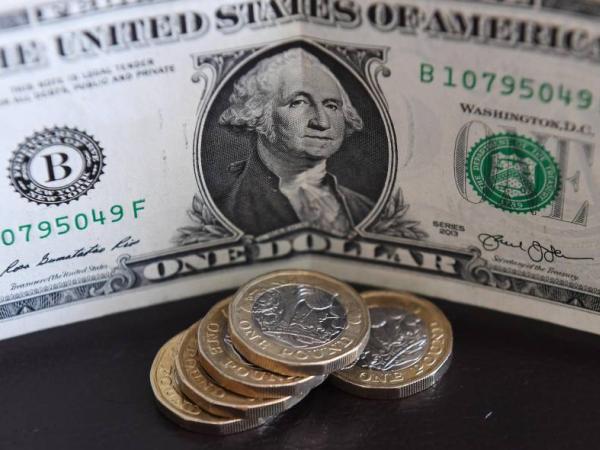Despite the fact that in 2022 the dollar has registered a volatility of $403, in real terms the currency has decreased $3.43 (a revaluation of the peso of 0.1%), all this in the midst of a climate of uncertainty due to the conflict in Ukraine, high inflation, restrictive monetary policy and internally due to the presidential and congressional elections.
(Read: Dollar could reach $7,020 if oil exploration is suspended).
In recent days, Colombian financial assets recovered part of the lost ground against their peers in the region prior to the first round.
An analysis by the firm Casa de Bolsa highlights that the dollar adjusted lower and it has behaved similar to what it has had in Latin America.
For example, yesterday it fell $40, after having risen $103 on Monday and on the eve of the decision of the Federal Reserve in the United States, which today will adopt an increase in interest rates to face the increase in prices in the world’s largest economy. .
For its part, the Colcap stock index, of the Colombian Stock Exchange, continued to present a better performance than the stock indices of its Latin American peers, this generated by the public offers of acquisition of the Gilinski Group by assets of Nutresa and Grupo Sura and the rise in oil.
Since January, the Colcap index, which brings together the 20 most traded shares, has appreciated 6.08%, although that market has registered an increase of up to 15% but also falls.
The variable income expert at Acciones & Valores Daniela Triana says that the takeover bids have caused strong movements in the Colcap index and generated valuations in several of the companies of the Antioquia Business Group.
In addition, the analyst assures that monetary policy is setting the course not only from Colombia, but from all global markets, but also points out that the conflict in Ukraine adds pressure to oil, inflation and the measures to stop it, but this is not giving all the expected results and that generates more volatility.
The analysis of Casa de Bolsa mentions that public debt securities (TES), although their risk premium initially decreased, has now widened and presents a spread (premium) of 84 basis points with respect to the public debt of the region. .
In addition, it estimates that after the second round, if the results of the elections are received positively by investors, financial assets in Colombia would behave similarly to what they did in Chile, where the market discounted the result in advance.
But in the specific case of Colombia, as TES have been devalued more than the region’s public debt, Casa de Bolsa’s analysis indicates that it would be the asset that would best react to a result of this type.
Otherwise, if the results are negatively received, the assets would continue the downward behavior that the markets in Peru presented after the second round, where in the specific case of Colombia, the dollar and the shares would be the most disadvantaged as they had not fully discounting a political risk in advance, as it exhibited a behavior similar to that of the assets in the region.
(Read: World fear makes the dollar rise above $4,000).
Casa de Bolsa added that once the elections are over, international fundamentals will continue to influence the future trend of assets. Among the fundamentals are the probability of a global recession due to inflation, increase in interest rates, confinements in China, among others.
BRIEFCASE







